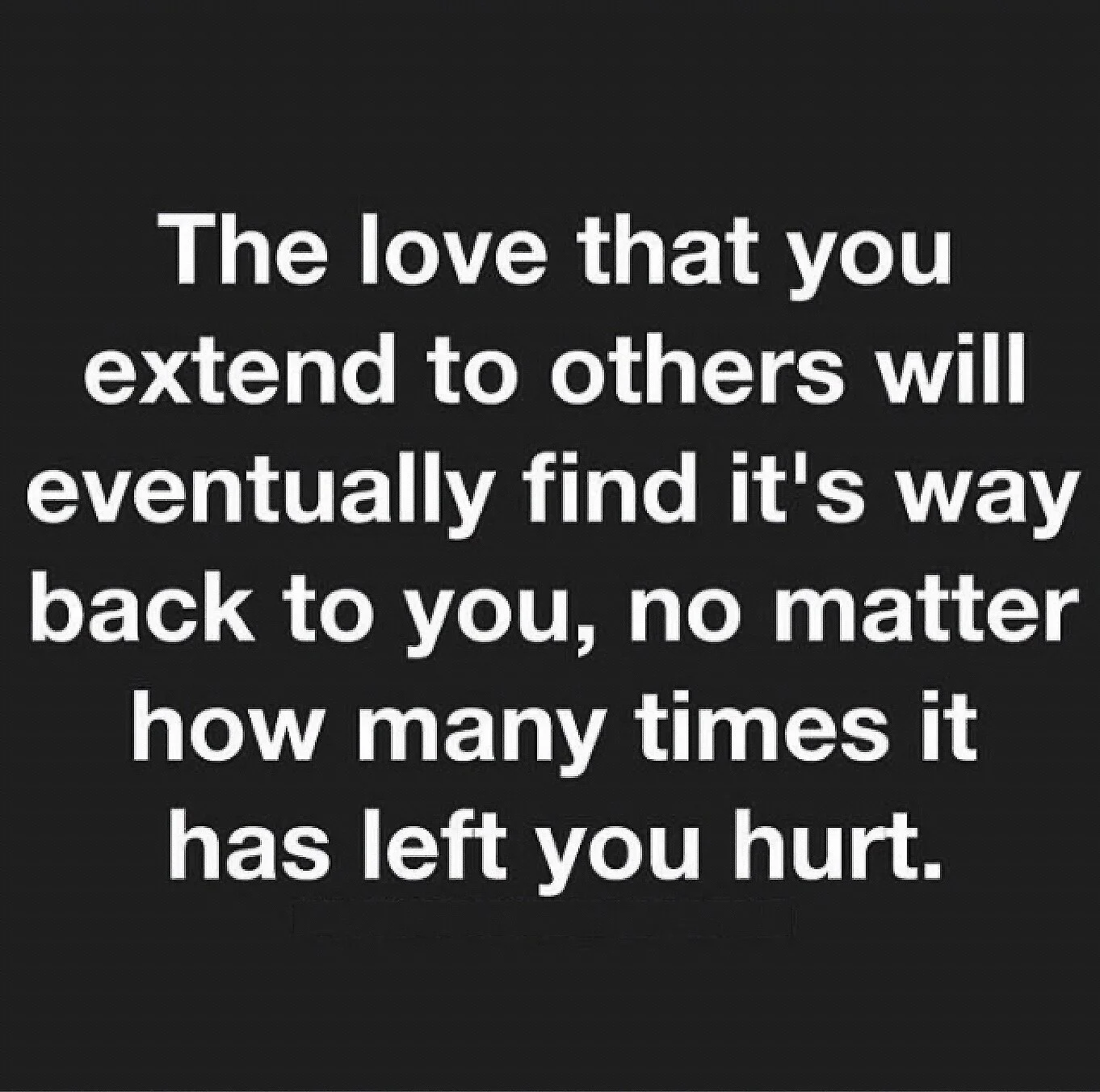Building Tools in Social and Emotional Learning (SEL) for Educators
Image: “SmArts for Well-Being" Workshop for Teachers
My heart aches for teachers as they experience relationship issues with students.
My heart aches for students who do not have the skills to solve their relationship issues with peers and/or with the adults in their lives.
My heart aches for students who come to school after having an argument with a parent or who witness two parents arguing or even fighting.
My heart aches for families who want to love and trust each other but don’t have the skills to repair a relationship
Two women have a conversation:
“I feel so hurt! Just when I think everything is fine between us, she reminds me that she doesn’t trust me. Why does she always do that? She doesn’t seem to realize how that makes me feel!”
Sally shares about her conversation with Mary.
WE DON’T HAVE ACCESS TO DEEP RELATIONSHIPS WHEN WE ARE NOT AWARE OF OUR OWN CONTRIBUTIONS.
Sometimes we try so hard to ‘work on our relationships’ by doing thoughtful favors, giving gifts or helping out in practical ways and still…it will come out that something is not perfect about the way we are being perceived by that person.
“Somewhere I still don’t trust you,” Mary says to Sally. “Then I feel so hurt,” Sally tells me.
But what Sally does next is important. Often, we blame others for hurting us with their comments or for the way they make us feel or even for the way they feel about us.
When we are triggered, or our buttons are pushed, we must own our reaction. If we don’t, we give our power away.
There are other ways to think about this. For example, Mary may have done Sally a favor and provided an opportunity, with her comment.
1. Now Sally has a chance to really reflect and understand what might be behind Mary’s comment.
2. Sally has an opportunity to figure out why the comment pushed her button.
The question is, is Sally willing to take responsibility for her own feelings? And, is she willing to take responsibility for where the relationship is at now?
RESPONSIBILITY IS FREEDOM. When we take responsibility for our situation, circumstances and relationships, we experience freedom. Blaming and playing the victim role is giving our power away. And it keeps us in a loop of feeling imprisoned!
Let’s look at what could be behind Mary’s comment? Perhaps it wasn’t kind of Mary to say what she said. But, the question is, why is Sally triggered? After all, what someone says is just words like ‘yackity yak yak yak or blah, blah, blah.’ They are just sounds. Mary did not stab Sally with a knife, so why does it feel like she did?
We will have a better-quality life if we take responsibility for everything…even if we feel that only a smidgen is really our responsibility. Consider, that there may be, even a small amount, of truth to the comment. Consider, there is an unresolved issue from the past that keeps these thoughts and comments alive in Mary’s mind. Consider, that taking responsibility brings us freedom. So, clear your space whenever you need to.
HOW DO WE DO THAT?
Arrange a meeting, preferably face to face. Exercise the Make it Right Formula.
1. Admit… what you said or how you are reacting to the comment
2. Impact… on you and on me
3. Plan… going forward
4. Do… the plan
This is what it might sound like in this scenario.
ADMIT: Sally, “I must say, I am having a reaction from that comment you made… My intention is to have you trust me and to be trustworthy. Let’s talk about what is behind your comment.”
IMPACT: Sally continues by saying, “The impact on you is hurt feelings from the past come up when we spend time together. Are there any other impacts on you? (Reflect back the essence of what Mary says. E.g. “So, what I’m hearing is that when I told someone something you asked me to keep in confidence, that really hurts you and it keeps on surfacing when we are together. It hurts like the first time.” Sally must continue asking Mary, “Is there anything else?” until there is nothing more.) When Mary feels completely heard and understood by Sally, the hurt feelings disappear.
Then Sally continues, “The impact on me is I feel hurt that I am not accepted and not trustworthy in your eyes. It is hard to work together, let alone have a good relationship, when I am not trustworthy.”
PLAN: Sally continues, “I take responsibility for the time I made the off-handed commit. (Repeat the impact step for each issue raised.)
I am committed that we have a great relationship and can support each other going forward. Plan: Let’s talk through each past memory that comes to mind and causes a trigger reaction. If you think about them later, write them down and we will schedule a time to talk about them. I want to take responsibility for my actions and what I say. And I want to build a trusting relationship with you. That starts by completing the past.
DO: Follow through on the plan
As Colin Sprake says,
“Live with responsibility, respect and commitment.”
“The way you are, attracts more of the same.”
“When your buttons are pushed, how can you take responsibility?”
So why was Sally’s button pushed in the above scenario? If one’s reaction is bigger than the circumstance calls for, it is likely due to something in our past that is incomplete. We need to clear our past (see above) so we can move on.
Both Sally and Mary are responsible for their own quality of life.
Teacher Testimonies after their participation in the SmARTS for Well Being Workshop - SEL Tools.
Click <<PLAY>> to start the video.
After an experiential workshop in social and emotional learning, “SmArts for Well-Being,” this is what one teacher said:
“I like that it was explicit and simple. We teach literacy and numeracy that way and we can deconstruct it. Then give it to students to try. Everything is sequential…It makes it far more likely that they are willing to use it in outside settings, in the classroom, at home…the kids can really take it on…I can’t wait to try it.”
Andreas from TCDSB, 2018




